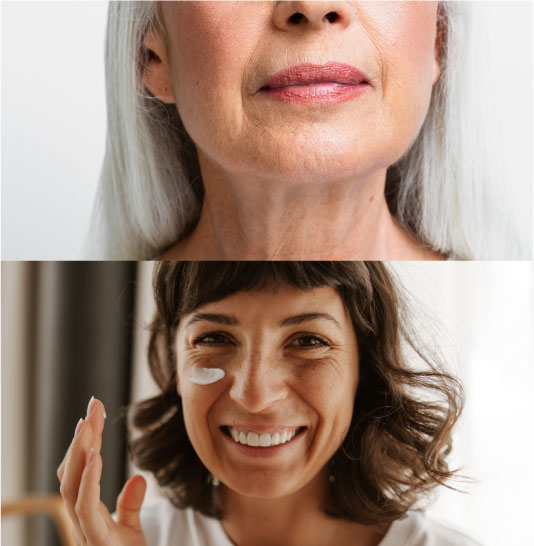Salicylic acid: what it is, its properties and what it is used for
In this article, we are going to tell you what salicylic acid is, what it is used for, its properties, benefits and contraindications. Are you going to miss out?

What is salicylic acid?
Salicylic acid is a chemical compound that is widely known for its use in skincare products. It is a Beta Hydroxy Acid (BHA) that has exfoliant, anti-inflammatory and anti-microbe properties, making it a key ingredient to treat several skin conditions, particularly those related to acne.
What is salicylic acid for?
Salicylic acid is a multifaceted ingredient which has a variety of applications in skincare. Some of its main functions are as follows:
Treating acne: because of its ability to perform deep exfoliation and clean pores it is effective in treating acne and preventing flare-ups. It can be used in different formats, from cleansers to tonics and occasional treatments for spots and pimples.
Eliminating blackheads and whiteheads: due to its ability to penetrate pores and dissolve sebum and dead cells, it is effective in getting rid of comedones. Regular use of salicylic acid can notably reduce the appearance of blackheads and whiteheads by unblocking pores and keeping them clean.
Control of skin oil: people with oily skin can usually benefit from using salicylic acid since it regulates sebum production. Furthermore, it prevents pores from becoming blocked and minimises flare-ups on skin that tends to overproduce oil.
Exfoliation of sensitive skin: although it may sound contradictory, low concentrations of salicylic acid are suitable even for sensitive skins that do not tolerate aggressive physical exfoliation. It provides gentle exfoliation and does not require scrubbing of the skin, which minimises irritation.
Treating psoriasis and seborrheic dermatitis: it is used to treat skin conditions such as psoriasis and seborrheic dermatitis. These skin disorders mean that skin cells build up quickly and form thick, reddish flakes. Salicylic acid helps to break down the layers of dead cells and reduces inflammation.
Removing warts and calluses: in higher concentrations, salicylic acid is used in products to remove warts, calluses and other areas of thick skin. In these cases, the acid gradually eliminates them by decomposing the hardened skin cells.


Salicylic acid contraindications
Salicylic acid is a strong ingredient, and it is therefore important to follow the directions to avoid any irritation and other side-effects.
Concentrations: salicylic acid is usually found in concentrations between 0.5% and 2% for daily skincare. Higher concentrations (up to 40%) are used for more in-depth treatment such as for removing warts.
Frequency of use: although it is effective, excessive use can lead to dryness, irritation and peeling. We recommend starting with products containing a lower concentration and then gradually increasing it in line with how tolerant your skin is.
Combinations with other ingredients: it can be combined with other ingredients such as niacinamide (to reduce inflammation) or hyaluronic acid (to maintain hydration). Nevertheless, it should not be used with other strong exfoliants such as retinol or Alpha Hydroxy Acids, since this could increase the risk of irritation.
Sun protection: by exfoliating your skin, salicylic acid can make it more sensitive to UV rays. Therefore, using sun cream on a daily basis is fundamental when using products that contain salicylic acid.
What do you think about?
Share comments, opinions and tricks with the Community







